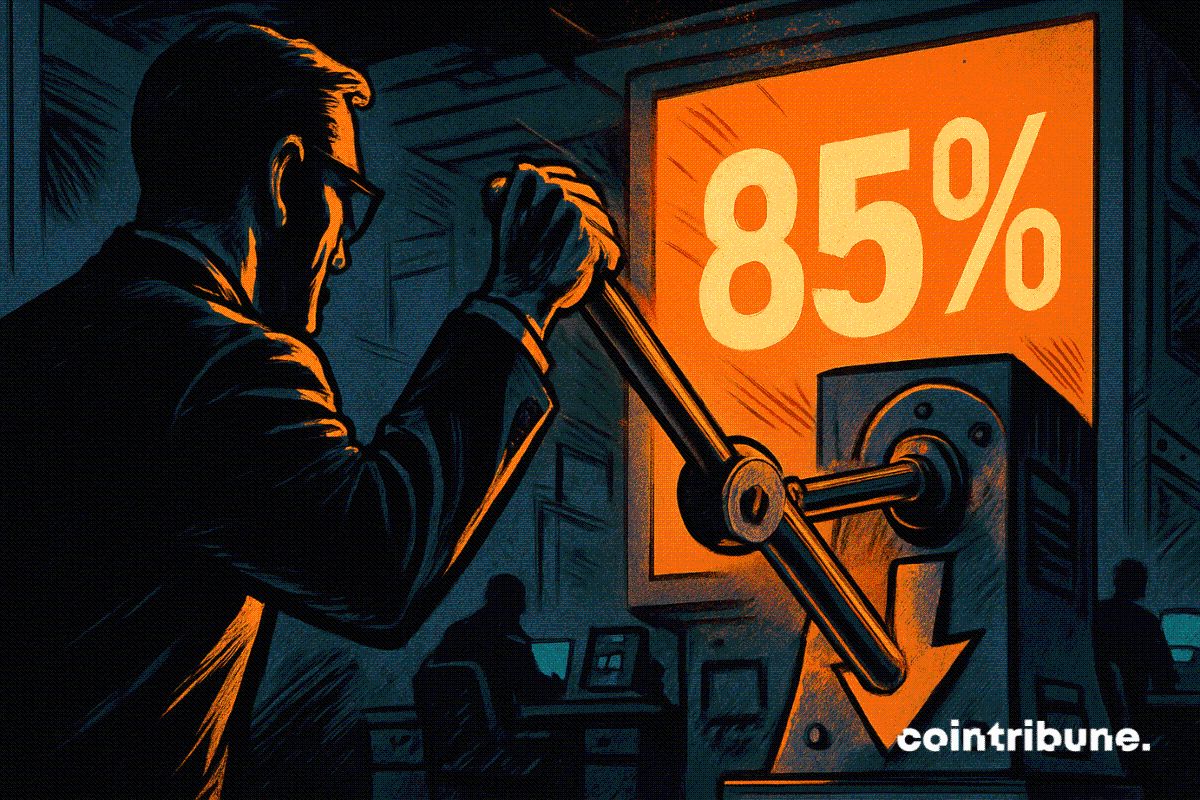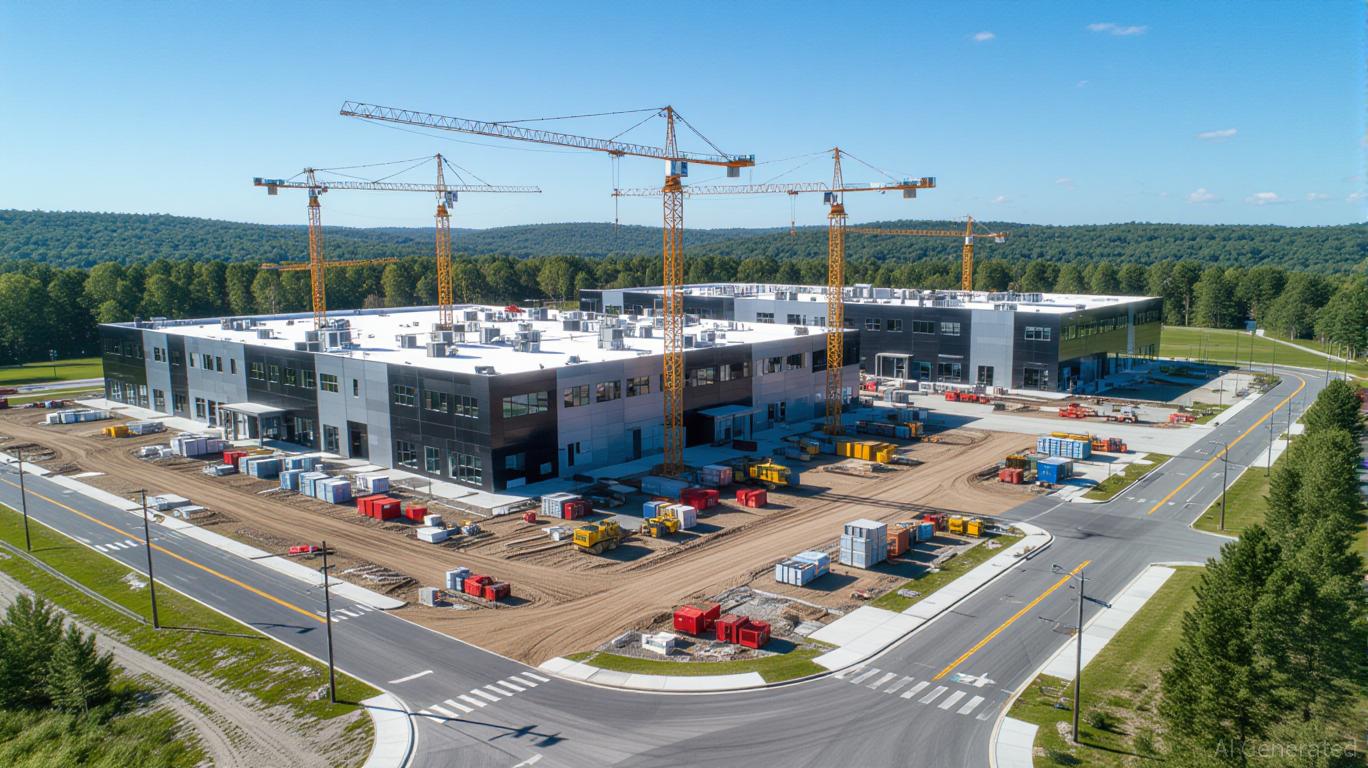Emerging Educational Technology Platforms and Their Impact on Developing Skills for the Future Workforce
- Global EdTech market reached $163.49B in 2024, projected to grow at 13.3% CAGR to $348.41B by 2030, driven by STEM skills demand. - K-12 STEM education market valued at $44.35B in 2025, expected to surge to $115.13B by 2030, fueled by tech workforce needs and immersive learning tools. - AI-driven platforms (e.g., Squirrel AI) and VR/AR technologies are enhancing personalized learning and industry-aligned training, boosting workforce productivity by up to 250%. - $1.5B in U.S. investments (2023-2025) acce
The STEM Imperative: Market Dynamics and Innovation
The STEM-focused EdTech market is leading this evolution. By 2025, the global K-12 STEM education sector was estimated at USD 44.35 billion,
Cutting-edge platforms are transforming how education is delivered.

Strategic Investments and Workforce Impact
The financial outcomes of investing in STEM EdTech are equally impressive.
Real-world examples highlight the significant advantages of these investments. Solutions like Dreambox Learning and Labster, which utilize adaptive technologies and virtual laboratories, have led to notable gains in student achievement.
Addressing the Skills Gap and Equity Challenges
Despite these positive trends, significant obstacles remain. The United States
Targeted investments are working to close these gaps through programs like micro-credentials and digital badges, which offer flexible, stackable certifications tailored to industry requirements. For instance,
The Road Ahead: Trends and Opportunities
Looking ahead, the EdTech industry is set to emphasize comprehensive AI adoption, sustainability, and ethical practices.
Investors should also pay attention to regulatory developments, especially as concerns about data protection intensify. Educational institutions are turning to encryption and multi-factor authentication to adhere to regulations like GDPR and FERPA. Nevertheless, the potential gains are considerable. With global upskilling initiatives expected to surpass USD 500 billion in 2024, prioritizing STEM and interdisciplinary education is more than a trend—it is a strategic necessity.
Conclusion
The intersection of technological progress, workforce needs, and targeted investment is reshaping education’s future. EdTech platforms focused on STEM and interdisciplinary learning are not only closing skill gaps but also making high-quality education more accessible. For investors, the key lies in backing projects that deliver measurable results—whether through AI-based customization, immersive training, or initiatives that promote equal access. As the market continues to grow, those who align their investments with the shifting demands of the global economy will be best positioned to benefit from the next era of educational innovation.
Disclaimer: The content of this article solely reflects the author's opinion and does not represent the platform in any capacity. This article is not intended to serve as a reference for making investment decisions.
You may also like
Crypto Surges As Fed Eyes Rate Cut In December

Strategy unveils a new anti-panic weapon against the bitcoin crisis

dYdX’s performance-driven affiliate system establishes a new benchmark for DeFi rewards
- dYdX's v9.4 upgrade introduces a performance-based 50% commission tier, replacing static VIP tiers with dynamic affiliate fees tied to real-time trading volume. - The sliding fee model automatically adjusts commissions (30% base, 50% for top performers) to align affiliate rewards with platform liquidity and growth goals. - Competitors like Bitget and YWO also adopt performance-driven affiliate strategies, reflecting a broader DeFi trend toward merit-based incentives. - dYdX's protocol-level hard-coding o
The Growth of Ready-to-Develop Infrastructure in Upstate New York and Its Influence on Industrial Property
- Upstate NY's industrial real estate is transforming via shovel-ready infrastructure and public-private partnerships, targeting advanced manufacturing and clean energy sectors. - FAST NY's $400M grant program has funded 37 projects since 2022, upgrading 7,700 acres to attract $283M+ in private investments like Chobani's regional operations. - Webster's Xerox campus redevelopment ($9.8M FAST NY grant) exemplifies mixed-use "bluefield" models combining manufacturing with residential zones to create sustaina
